READER: RAINFOREST IV
27./28./29.07.2025

David Tudor: Rainforest IV (1973)
Centralstation (Halle)
27.07. 18.00–22.00
28.07. 14.00–18.00
29.07. 14.00–18.00
Realized by Participants of the Darmstadt Summer Course:
Gabriel Boyarin
Tord Hagbarth Bremnes
Márk Csernovszky
Giovanni Falascone
Fredrika Gullfot
Damian Ibn Salem
Justine Leichtling
Samuel Long
Pedro Mileu
Ong Ping Din
Matheus Souza de Freitas
Rudyard Schmidt
Matt Rogalsky & hans w. koch (Musical Direction)
Carsten Seiffarth (Curator)
Eckehard Güther (Sound Direction)
Markus Steffens (Coordination)
RAINFOREST IV
Between 1968 and 1973, David Tudor created a series of pieces entitled Rainforest. Originally commissioned by the Merce Cunningham Dance Company for the performance under the same heading, the piece developed further in differing forms, including as a performative spatial installation. The basic idea behind all versions is that of an ensemble of sounding objects, played by transducers. The specific resonance characteristics of each object alter the played sounds. The actual object is both a filter and a sound generator. As Tudor stated in a 1988 interview: “My Rainforest, in its original version (1968), is a collection of small loudspeakers made of objects with different resonant properties. These instruments, each with a different ‘voice,’ provide a means of sound transformation without electronics: the source sounds, when transmitted through the materials, are modified by their resonant properties.”
Most of the objects used are simple found objects. While in the beginning relatively small objects were seen on stage as part of the performances with the Merce Cunningham Dance Company (Rainforest I–III), in a workshop at the New Music in New Hampshire Festival 1973, Tudor also used larger objects, arranged in the form of a walk-in environment for Rainforest IV. This version’s realization involved a group of young musicians and artists for the first time, who not only selected and installed the objects but also played them live in a performance lasting several hours. Rainforest IV thus became an open and flexible, but simultaneously highly sophisticated platform for the collective composition of (live) electronic music.
The score consists solely of a sketch of a circuit and the simple instruction that previously composed music may not be used. At the Summer Course 2025, Rainforest IV will be realized as part of a workshop and performed live by the participants on three days. The process is guided by the Canadian composer Matt Rogalsky, who was able to work with Tudor himself, and the Cologne composer and sound artist hans w. koch.
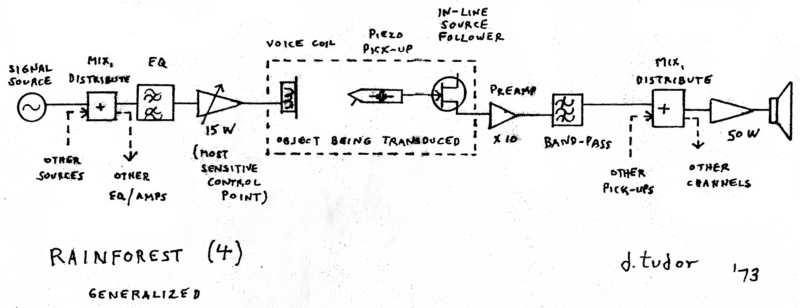
David Tudor about Rainforest IV in conversation with Teddy Hultberg, 1988.The idea is that if you send sound through materials, the resonant nodes of the materials are released and those can be picked up by contact microphones or phono cartridges and those have a different kind of sound than the object does when you listen to it very close where it's hanging. It becomes like a reflection and it makes, I thought, quite a harmonious and beautiful atmosphere, because wherever you move in the room, you have reminiscences of something you have heard at some other point in the space.
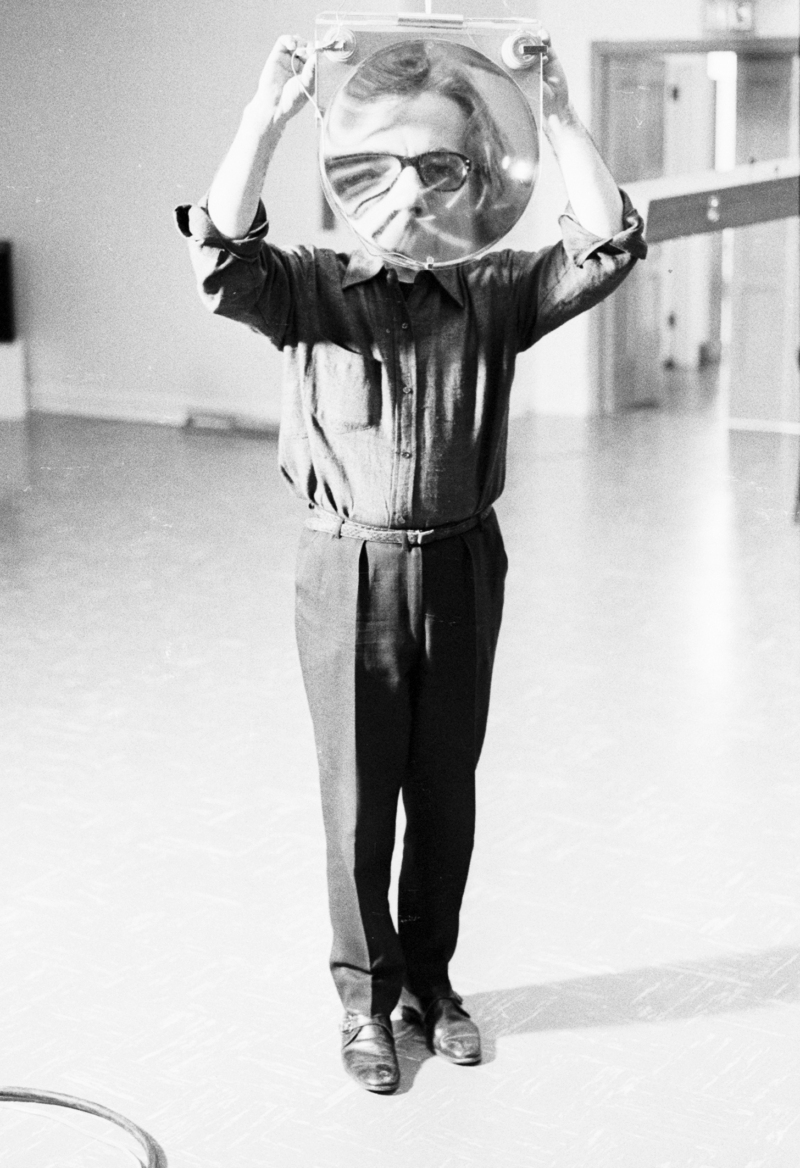
DAVID TUDOR (1926–1996)
David Tudor stands as one of the central figures in the postwar American and international music scene. The prolific artist, who passed away in 1996, gained recognition during his lifetime for his contributions as an interpreter, composer, and performer as well as a pioneer in the field of live electronics. Until recently, however, this recognition has remained largely confined to the world of experimental music itself – unlike his friend and colleague John Cage.
For almost two decades, from the 1950s onward, Tudor, a virtuoso pianist, was virtually the only musician to devote himself exclusively to interpreting and performing new and experimental music. He premiered works by the likes of Pierre Boulez, Karlheinz Stockhausen, Mauricio Kagel, Christian Wolff, and – time and again – John Cage. Beyond his skill as a pianist, he was also capable of interpreting scores that challenged the performer to employ chance practices and take interpretive liberties. It was almost inevitable then that this would lead Tudor himself to take up composition, which he did, starting in the 1960s. It was his self-built electronic instruments that made his name. As early as the 1950s, he had begun to experiment with electronic sound generators and sound modulation devices. Unlike many of his peers in this era, who for the most part composed in the studio and recorded electronic music on audiotape, Tudor conceived and built his sound generators and modulators largely on his own, for use in live performance. The oftentimes small and modular devices could be flexibly deployed and easily combined into hardware clusters. For this reason, Tudor is today considered the progenitor of “live electronics” – a term that can be traced back to Tudor’s on-stage experiments and that does indeed describe something explicitly new in the performance setting that only increased in popularity from the mid-1960s onward. These performances were complex events that promised more than just music. It seemed the traditional concert setting had been overcome. Works like Rainforest IV (1973) – consisting of an array of resonating objects, fitted with transducers and installed throughout a given space – broke with familiar performance conventions. They were conceived as performative installations.
From the beginning, Tudor collaborated with artists working in other disciplines to establish a new mode of collaborative composition and performance. Among these, above all, are his many collaborations with choreographer Merce Cunningham, who commissioned Tudor to compose and perform pieces for his dance company (as its musical director), as well as collaborative projects with visual artists such as Robert Rauschenberg, Marcel Duchamp, Jackie Matisse, Molly Davies, Fujiko Nakaya, and Sophia Ogielska. Tudor also played a crucial role in founding both E.A.T. (Experiments in Art and Technology) and the Composers Inside Electronics collective that, as of 1973, has been bringing musicians together with visual artists.


IMPRESSIONS FROM THE WORKSHOP
The participants speak about their objects, their technical setups and challenges as well as impressions from the workshop phase. (Interviews conducted on Saturday, July 26 by Karl Ludwig). Thanks to all contributors.
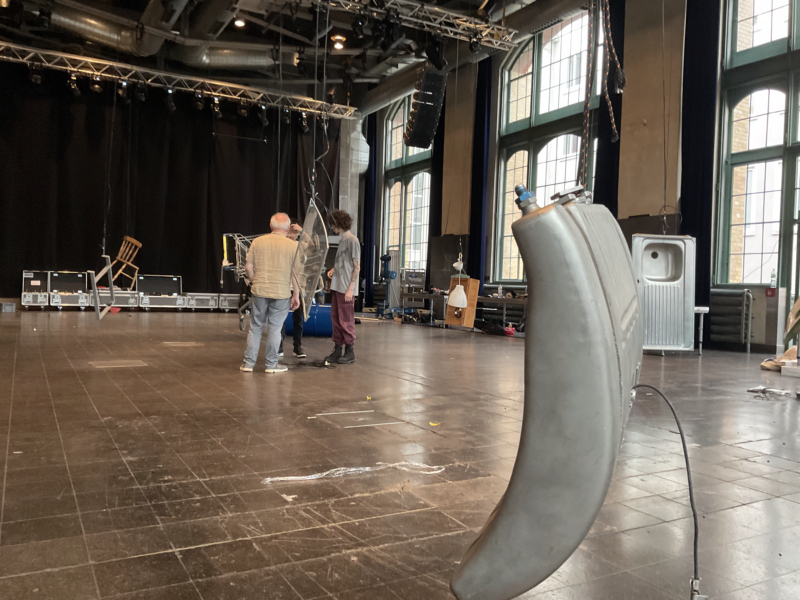
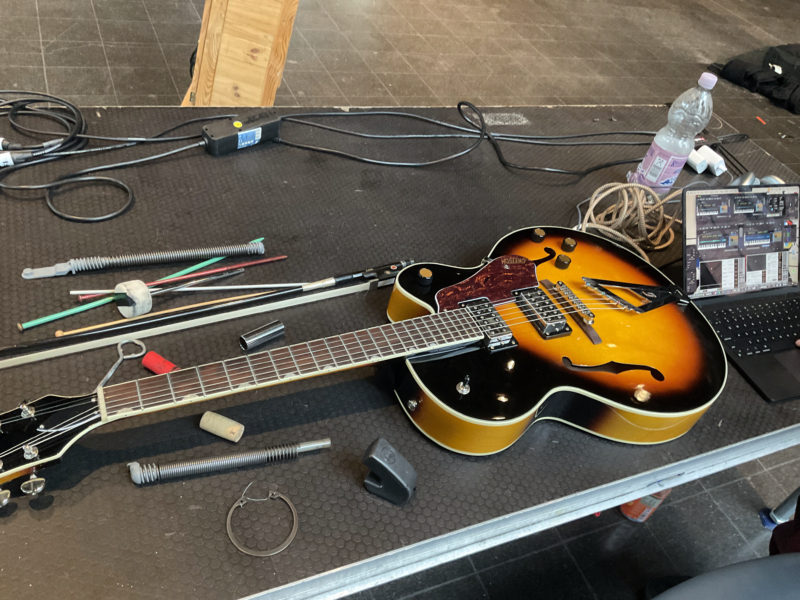
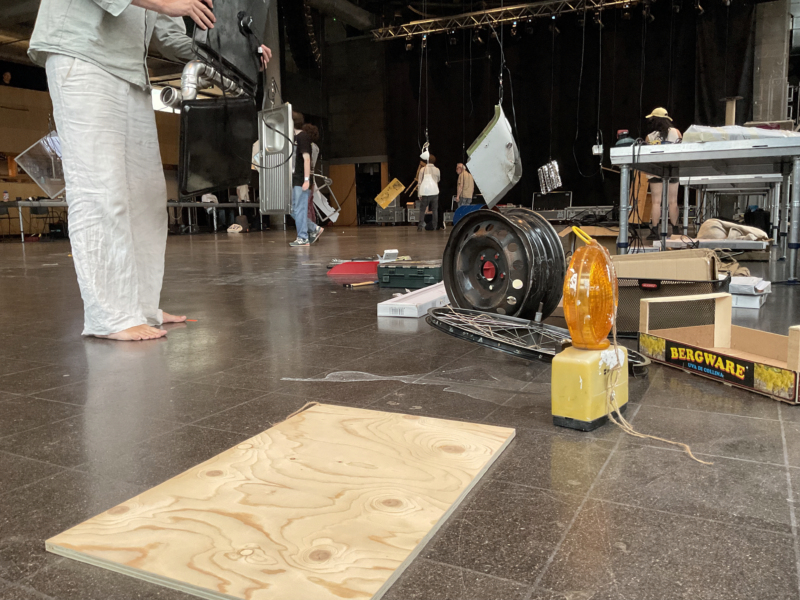

Related Entries
-
Rainforest IV
Sun 27 July 2025 – 18:00
-
Rainforest IV
Mon 28 July 2025 – 14:00
-
Rainforest IV
Sun 27 July 2025 – 18:00
-
Rainforest IV
Tue 29 July 2025 – 14:00
-
David Tudor: Rainforest IV
Workshop Matt Rogalsky & hans w. koch
-
Matt Rogalsky
Tutor "David Tudor: Rainforest IV"
-
hans w. koch
Tutor "David Tudor: Rainforest IV"
